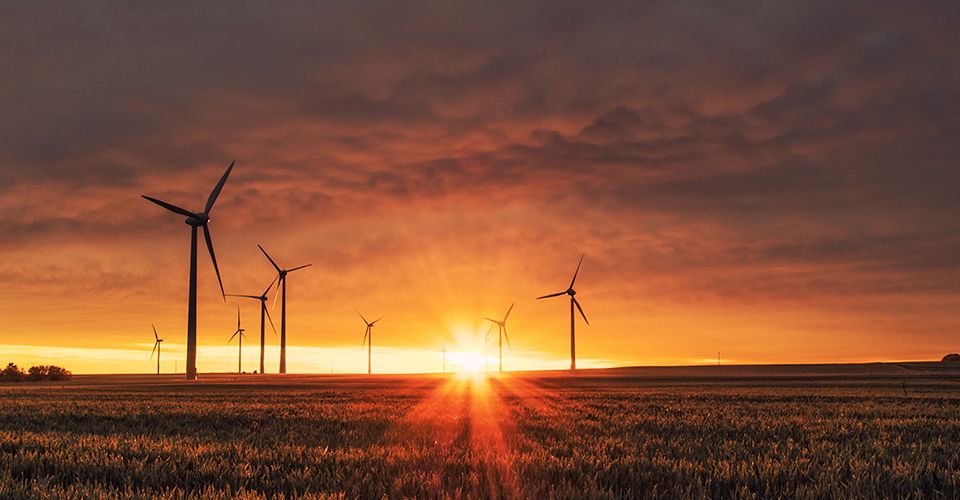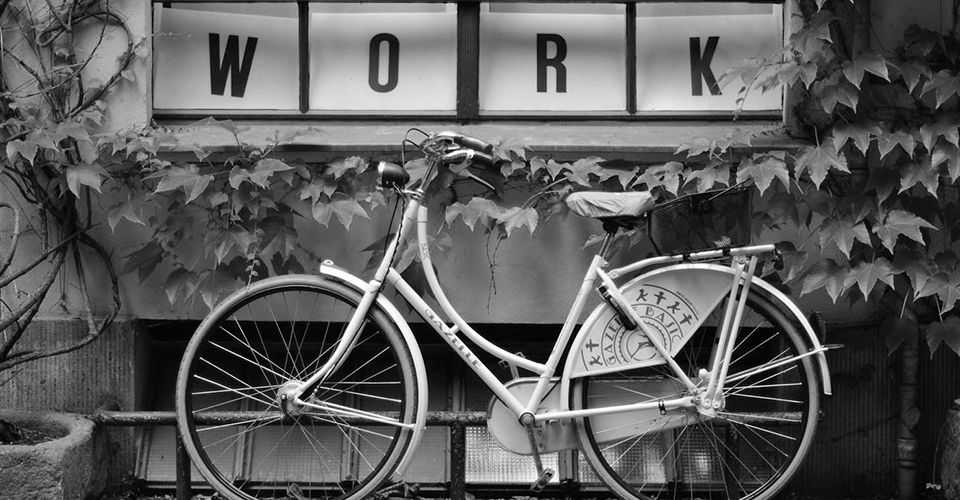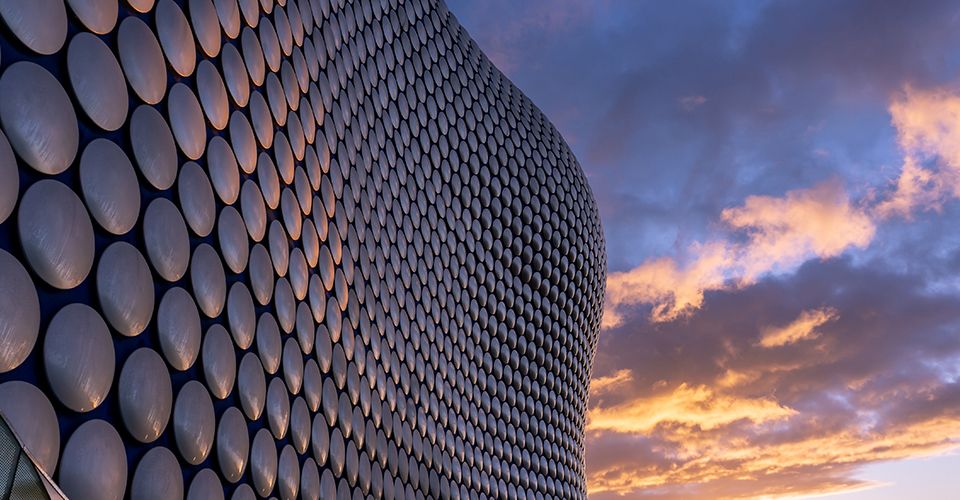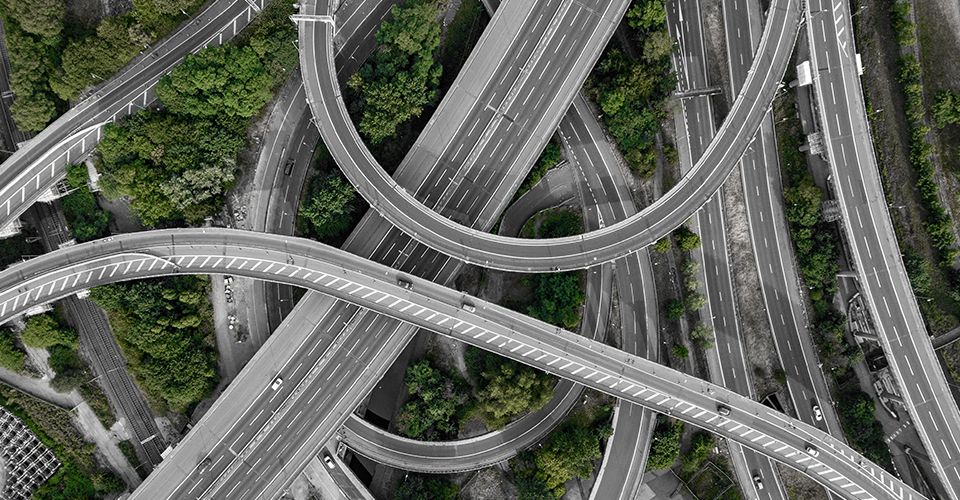The amount of carbon in the atmosphere always stays the same:
Actually, it has changed. Human activity, known as the Anthropocene, is what has disrupted the carbon cycle over the last few years. But we still have the opportunity to change this by making low carbon choices, protecting our natural carbon sinks – such as forests – and divesting from fossil fuels. The clock is ticking though, the IPCC says 2030 will be the point of no return if we don’t take action now.
Carbon offsetting is merely compensation:
Manufacturer’s should always look at how to reduce carbon emissions throughout their product’s lifecycle and carbon offsetting does have a role to play, if it’s done responsibly. Offsets should only be used to tackle emissions that are the most difficult to reduce or remove. You should always ask questions about how a supplier is reducing the carbon footprint of its products.
Being sustainable hits a company’s profits:
This might have been true in the past but it isn’t any more. When Interface started its sustainability journey our share price did fall, but it also set us on the path of becoming both a sustainable brand and market leader. We’re not alone. Last year, Unilever reported that its sustainable brands are growing much faster than other parts of their business. Plus, sustainability is increasingly a key investor concern.
Only big changes make a real difference:
Remember the saying “great oaks from little acorns grow”? Well we can all play a part in tackling global warming and responding to climate change. Look at the debate around plastic packaging, it was individuals who put pressure on supermarkets and the hospitality industry to respond. There’s also some really effective community driven action; take Surfers Against Sewage’s Plastic Free Communities or individuals leading movements such as Ella Daish, Lizzie Carr and Martin Dorey.
You have to choose between wellbeing or being sustainable:
Not at all, why wouldn’t you do both? We aspire to create places that are inspiring, productive and good for the planet. That’s done by making products which are beautiful, connect people with nature and tackle global warming.
Building products are always carbon emitters:
It’s correct that buildings and materials have been associated with producing carbon emissions – whether that’s carbon emissions form their use (operational) or those relating to their creation (embodied). But we are starting to see buildings that can actually help reduce emissions such as Brattørkaia in Trondheim (designed by Snohetta) which produces more than twice as much electricity as it consumes daily, and will supply renewable energy for itself, surrounding buildings and for electric transportation.
We can only tackle one thing at a time:
We need a systemic approach to reversing global warming, that means considering everything from food, to building, to transport choices. While the stats vary on which area causes the most damage the key is to understand the connections, which aspects you can help with and start making a change now.
This content was created for Mix Interiors, read more on the topic here.






